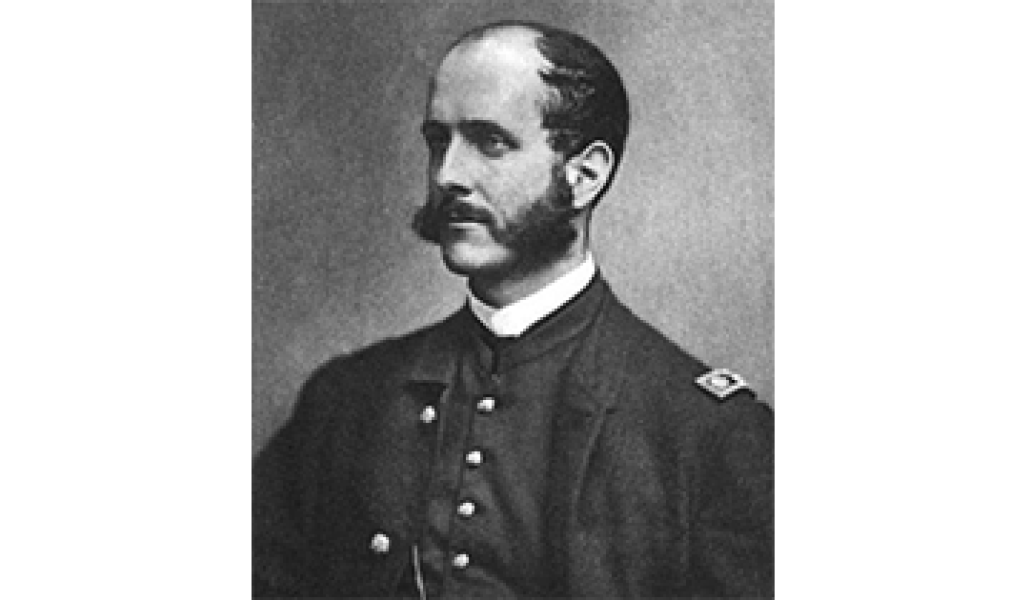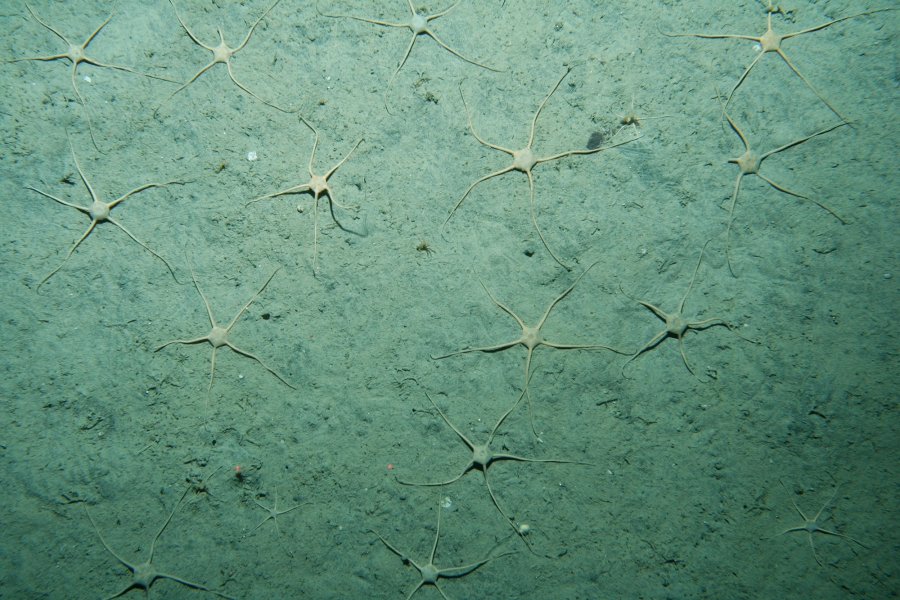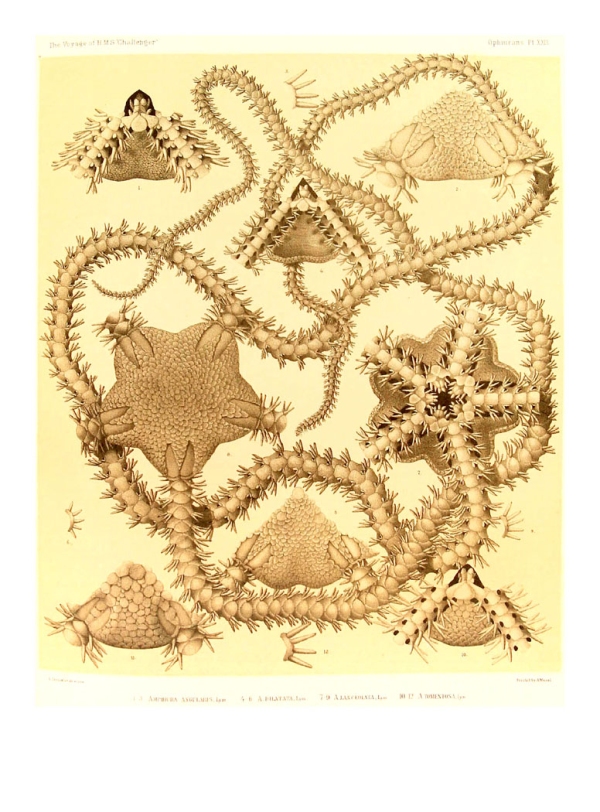Back in May 2013, we featured Ophiomusium lymani (Critter of the Week no. 78), a large and abundant brittle star living on muddy deep sea slopes between 700-4000m around New Zealand and many other deepsea locations around the world. Sometimes this species occurs at such high abundances, they can be seen spread out, armtip-to-armtip, on the sea floor.
The face behind the name of that species lymani (the ending –i acknowledges a male) was Theodore Lyman III (1833-1897) from Boston, Massachusetts. He was the son of the Boston mayor Theodore Lyman II, who died when Theodore junior was only 16 years old. He proceeded to study science at Harvard University and is one of the founding members of the Harvard's Museum of Comparative Anatomy. In good Lyman tradition, his son was also called Theodore Lyman (IV) and none seem to have followed.
For those history buffs amongst you, Lyman was not only a naturalist, he was also a military Staff Officer during the American Civil War, and a member of the United States House of Representatives for Massachusetts.
Lyman published many species descriptions of brittlestars in the late 1800s, in fact, a quick search in the World Register of Marine Species database shows 411 search results for species and genera that he described, with 191 of these still accepted and used today. (Available from http://www.marinespecies.org at VLIZ. Accessed 2014-07-29).
His contribution was recognised in turn by colleagues who described many species after him including: two sea urchins, Echinocardium lymani (Lambert & Thiéry, 1924), Eupatagus lymani (Lambert & Thiéry, 1924), two sea stars; Asterinopsis lymani (Perrier, 1881), Copidaster lymani A.H. Clark, 1948, three snake stars; Asteronyx lymani Verrill, 1899, Astrochalcis lymani, Astrochele lymani Verrill, 1878, seven brittle stars; Amphiura (Amphiura) lymani Studer, 1885, Ophiactis lymani Ljungman, 1872, Ophiarthrum lymani de Loriol, 1893, Ophiocten lymanni (Studer, 1882), Ophiura (Ophiuroglypha) lymani (Ljungman, 1871), Ophiotrichoides lymani Ludwig, 1882, Ophiomusium lymani Thomson, 1873, a hermit crab, Paguristes lymani A. Milne-Edwards & Bouvier, 1893, and a stony coral; Dasmosmilia lymani (Pourtalès, 1871).
The beautiful way of taxonomic descriptions of those days is illustrated by an example of a plate from the expedition of the HMS Challenger. You can find the ‘Report on the Ophiuroidea dredged by H.M.S. Challenger during the years 1873-76’ with some more amazing examples here:
The Challenger Expedition from 1872-1876 was an important scientific expedition that formed the foundation of the world’s oceanographic knowledge. The HMS Challenger departed from England, and sailed 130, 000 Km making over 4000 new species discoveries in many different places across the globe.
Read more about the HMS Challenger expedition



